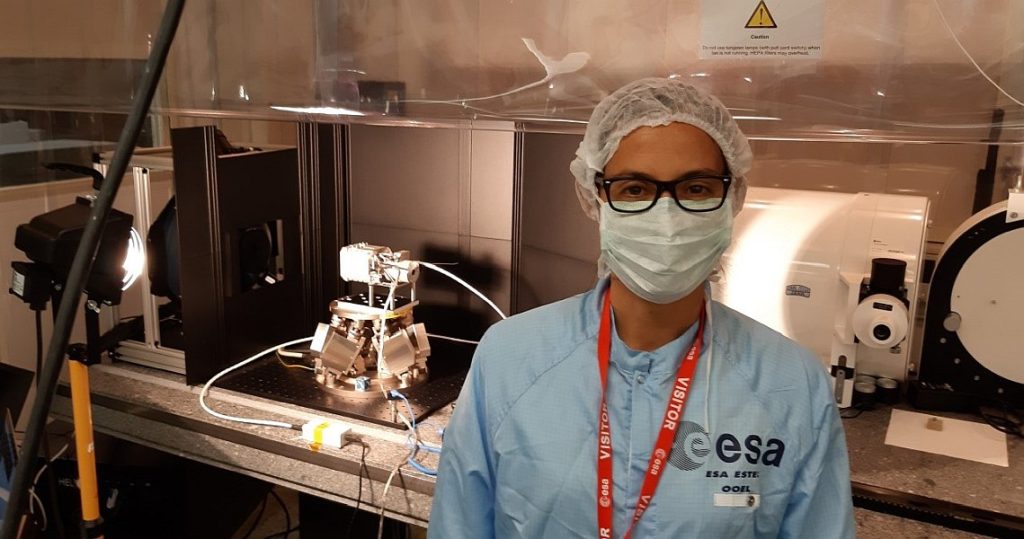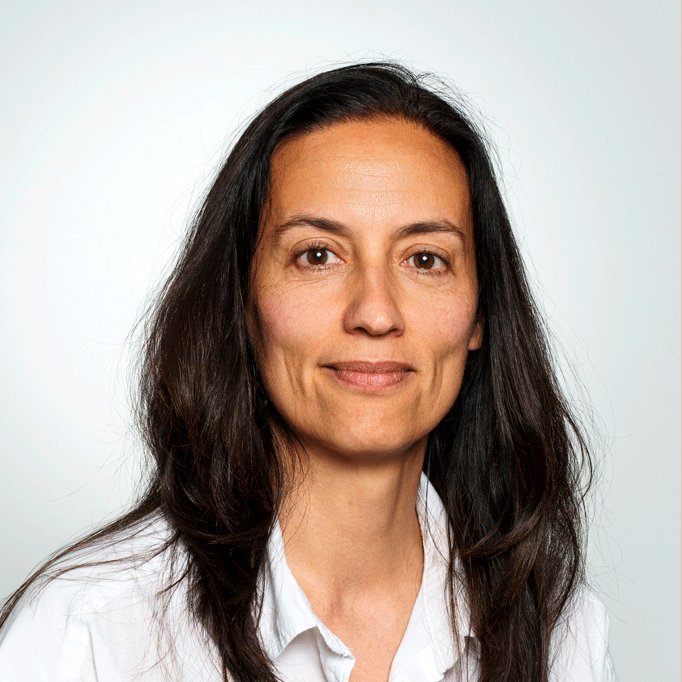Space-qualified 3D technologies
Mission-capable camera and processing technologies for optical 3D capture and analysis

Solutions for 3D data processing
We offer comprehensive solutions for 3D data processing of optical instruments, preparation of 3D data for visualisation, transfer and ordering of metadata of the instruments and the imaging situation through to scientific interpretation. Precise geometric calibration of the instruments is an integral part of this. By participating in several missions and being integrated into the respective scientific teams, DIGITAL forms an important bridge between the acquisition, processing and visualisation technologies and the respective scientific applications of the processed data.
- Together with our partner VRVis, we have created a globally unique framework for processing and visualising planetary surface data (Mars, moon, asteroids). The elements "PRoViP" and "PRo3D" interlock seamlessly for the real-time merging and visualisation of 3D data at all scales from millimetres to thousands of kilometres, including the representation of planets and moons on their orbits.
- The ESA/NASA ExoMars (Rosalind Franklin) rover mission (due to land on the surface of the Red Planet in 2030) will use the landing platform to study the composition and properties of the Martian surface and atmosphere. The rover will also search for signs of past life on Mars. Rosalind Franklin will be controlled from Turin, Italy, where the Rover Operations Control Centre (ROCC, provided by ALTEC/Thales Alenia Space Italy) is located. In order to plan the daily operations of the rover, in particular to identify dangerous formations (cliffs, rocks, dunes, etc.) and to select the next scientifically interesting targets for inspection, a precise 3D model of its environment is required during its journey across the Martian desert surface. DIGITAL has developed the software for the ROCC to generate such 3D models based on the daily images from the rover's navigation and localisation cameras (NavCam & LocCam) as well as the scientific camera system PanCam for so-called "tactical planning" and operational support beyond the mission.
- We create and refine the geometric calibration of camera systems (ExoMars PanCam, CLUPI, NavCam and LocCam; Mars 2020 Mastcam-Z) as part of exploration missions.
- We are experts in creating flight-ready software components. We provided the C prototype for the on-board focus and z-stacking (3D from different focus settings) software for the ExoMars CLUPI (Close-Up Imager) instrument.
- In addition to calibrating and processing images from the ExoMars Rover, JOANNEUM RESEARCH has also equipped the Mars Terrain Simulator (MTS) with processing software to generate 3D models of replicated Martian terrain formations in the ROCC indoor test site. The MTS contains a copy of the ExoMars rover (the so-called "Ground Test Model", GTM) to test and validate planned operations in a 1:1 Mars analogue environment during the mission.
- The technologies developed in the MINERVA project (FFG/ASAP 865980) make it possible to combine instrument data from planetary surfaces and to visualise data correlations in three dimensions. The solution will significantly contribute to the understanding of entire missions by spatially and temporally linking data from scientific instruments such as camera images, 3D models or spectral measurements, and by enabling new methods of interpretation through powerful search queries. MINERVA, a collaboration between JR-DIGITAL, VRVis and EOX, uses big data, 3D database and visualisation technologies.

Space-qualified 3D technologies
Your contact
Maria del Pilar Caballo Perucha, MSc
Key Researcher
